SUMMARY
This is AI generated summarization, which may have errors. For context, always refer to the full article.
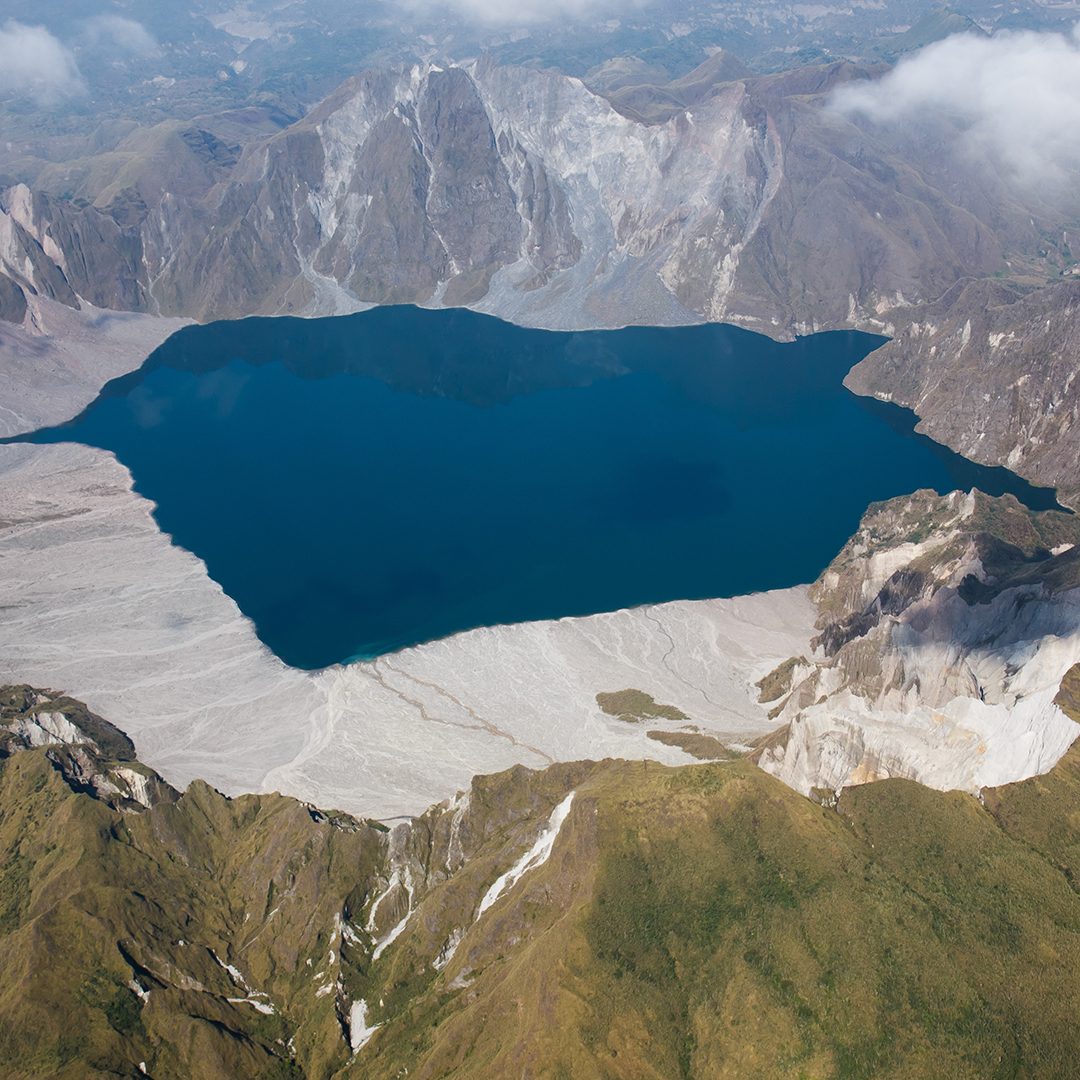
More than five months since Alert Level 1 was raised for Mount Pinatubo due to low-level unrest, the volcano in Central Luzon was downgraded back to Alert Level 0 on Thursday, August 12.
Alert Level 0, which means Mount Pinatubo is now in a “normal” state, is the lowest alert level.
The Philippine Institute of Volcanology and Seismology (Phivolcs) said in an advisory on Thursday morning that “observational parameters have returned to baseline levels.”
First, volcanic earthquakes have been declining since July 1.
Phivolcs said a total of 104 volcanic earthquakes had been recorded by the Pinatubo Volcanic Network from July 1 to August 11, or an average of only 2 to 3 per day, with magnitudes of 0.8 to 1.3.
The agency said that is a “significant decrease” compared to the January 28-June 30 period, when there were 12 to 13 volcanic earthquakes per day with magnitudes ranging from 0.7 to 3.2.
Second, “diffuse carbon dioxide (CO2) flux” or emissions from Mount Pinatubo’s crater lake, “which is an indication of deep magma degassing,” was only at 263 tons per day in mid-April.
That is “well within the background range” of less than 1,000 tons per day recorded since 2008, explained Phivolcs.
Third, ground deformation from June 2020 to May 2021 “is likely tectonic, rather than volcanic, in origin.”
Phivolcs noted, however, that Alert Level 1 may be raised again for Mount Pinatubo if there is a “renewed increase” in any of the parameters.
The agency also reminded the public that entry into the crater area “must always be conducted with caution” since there could be rockfalls, landslides, or “lethal expulsions” of volcanic CO2.
Heavy rain in the area may also mix with sediments or debris and cause lahar. – Rappler.com
Add a comment
How does this make you feel?
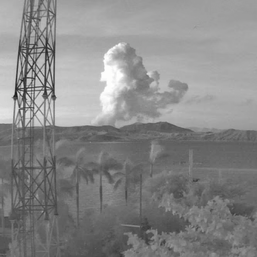
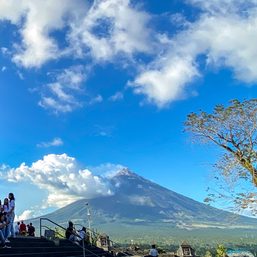
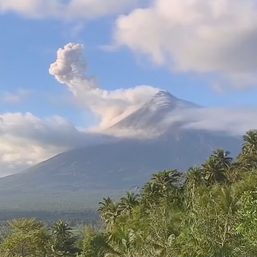
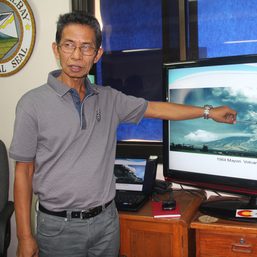
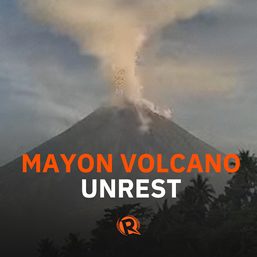
There are no comments yet. Add your comment to start the conversation.